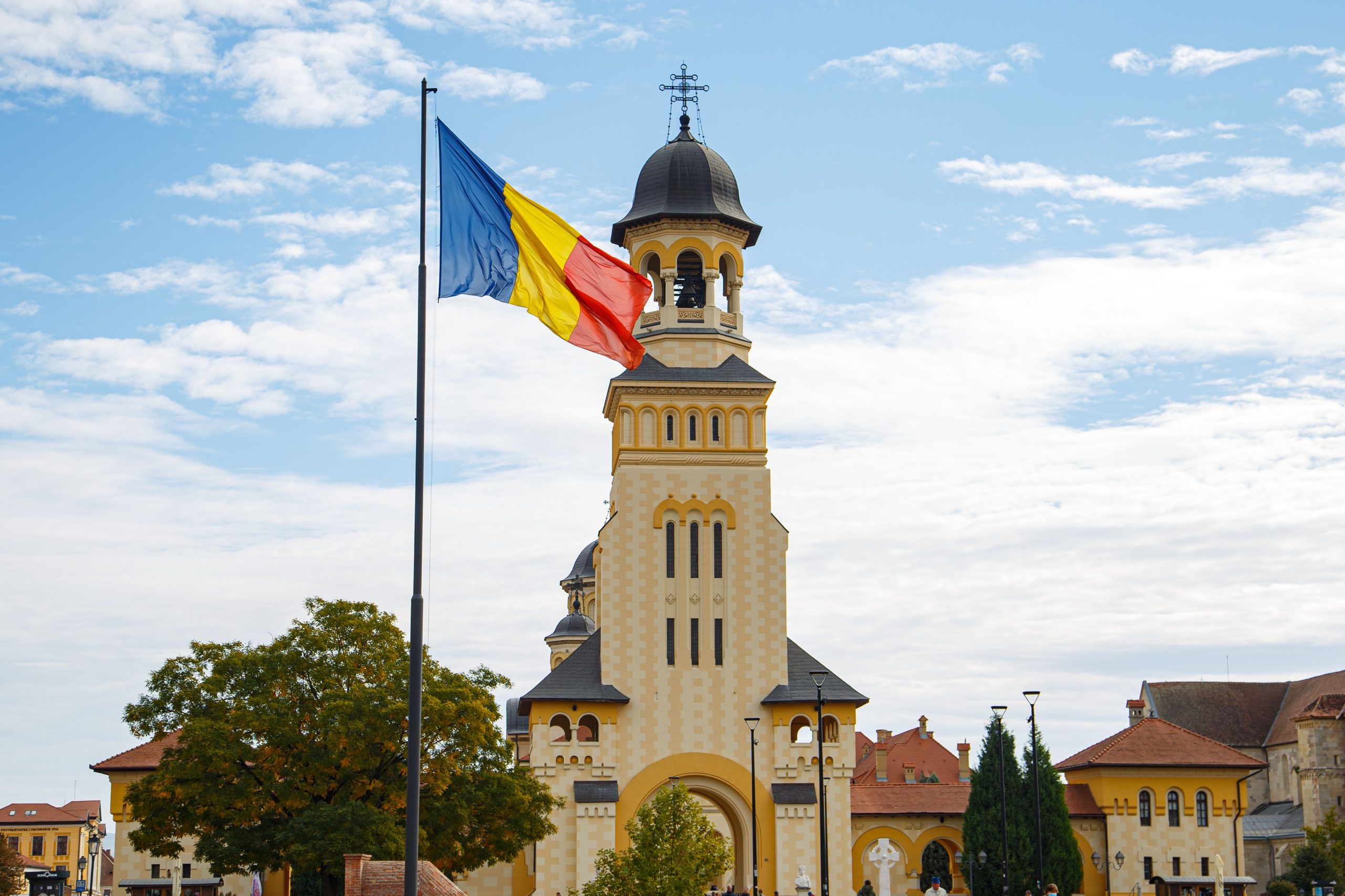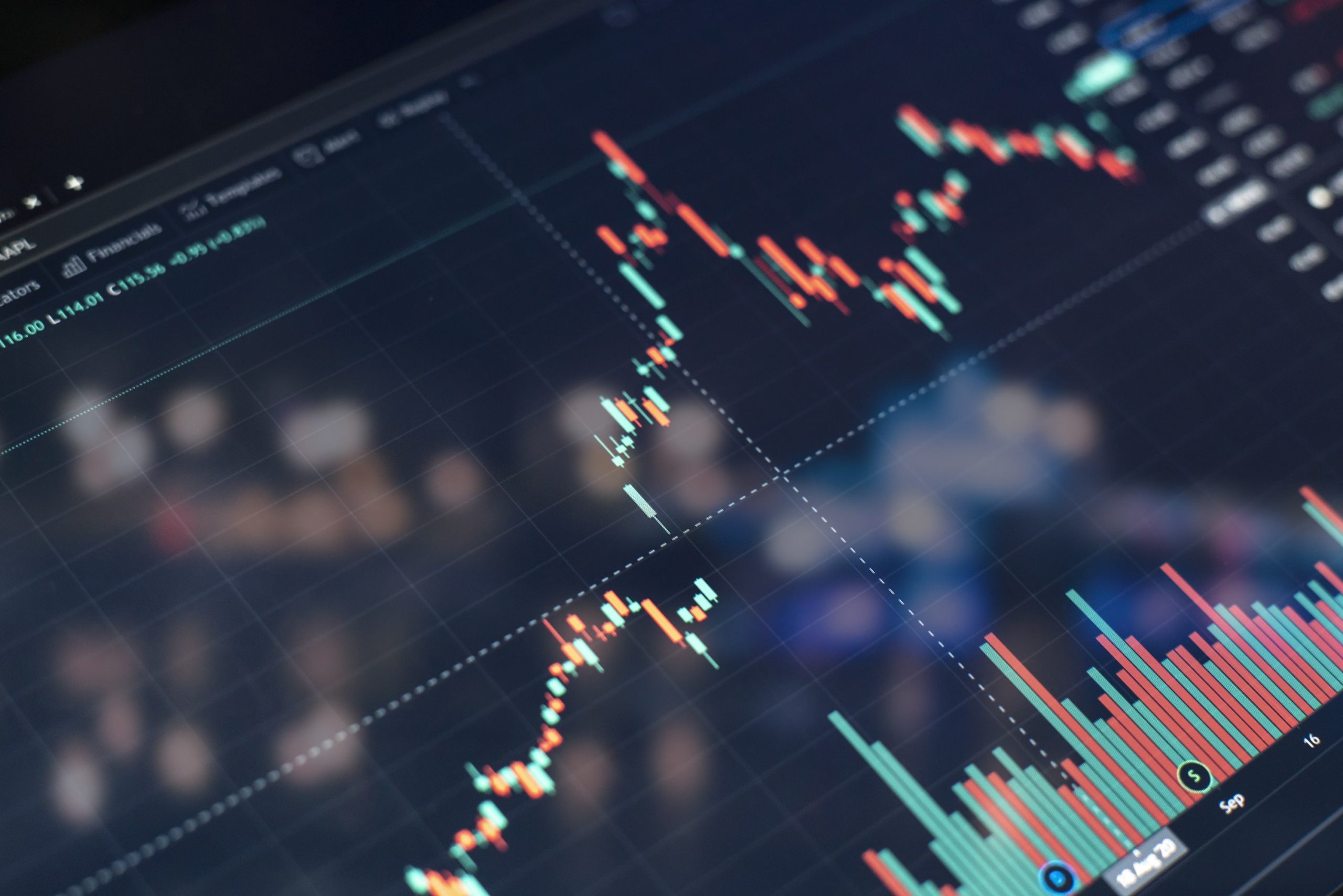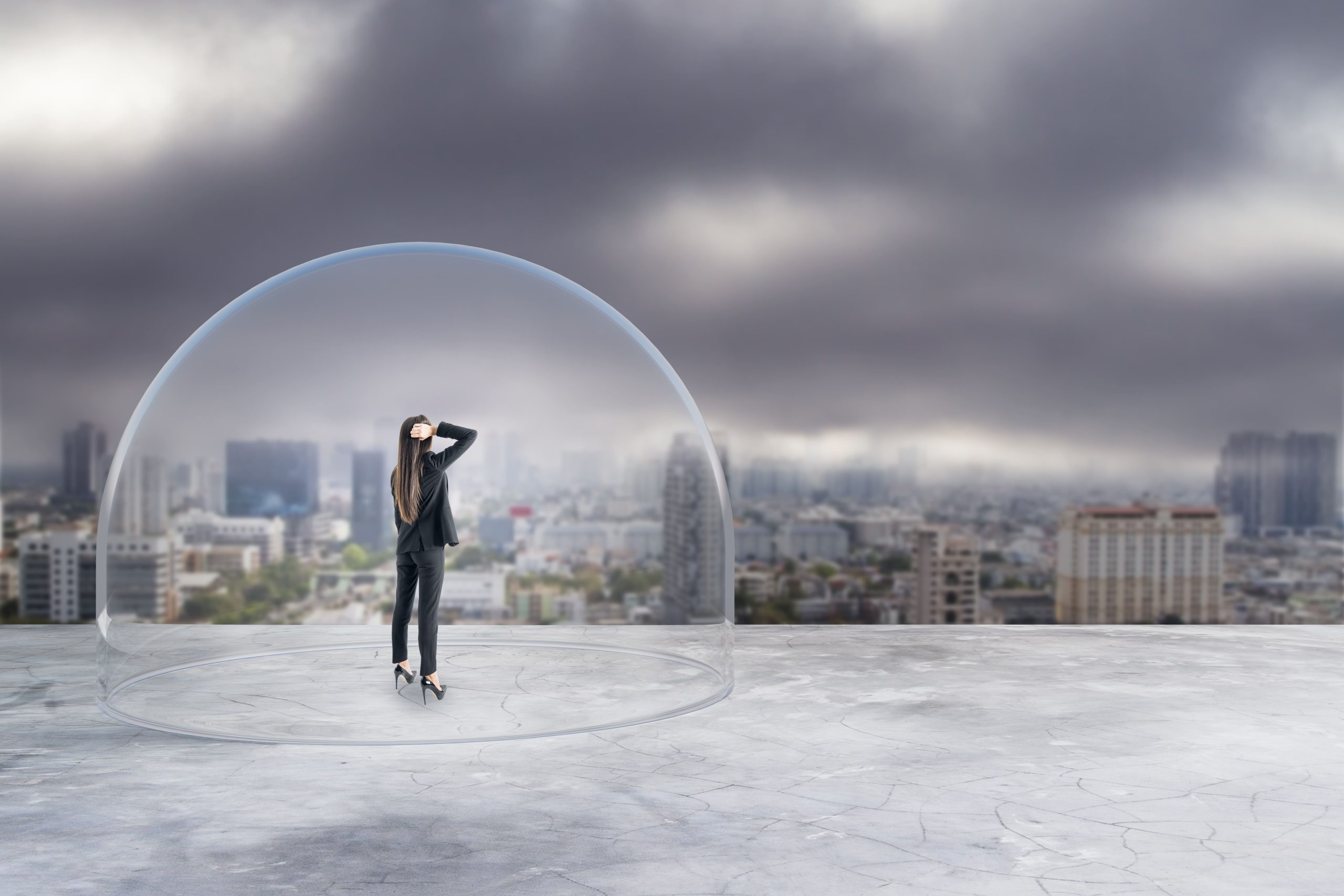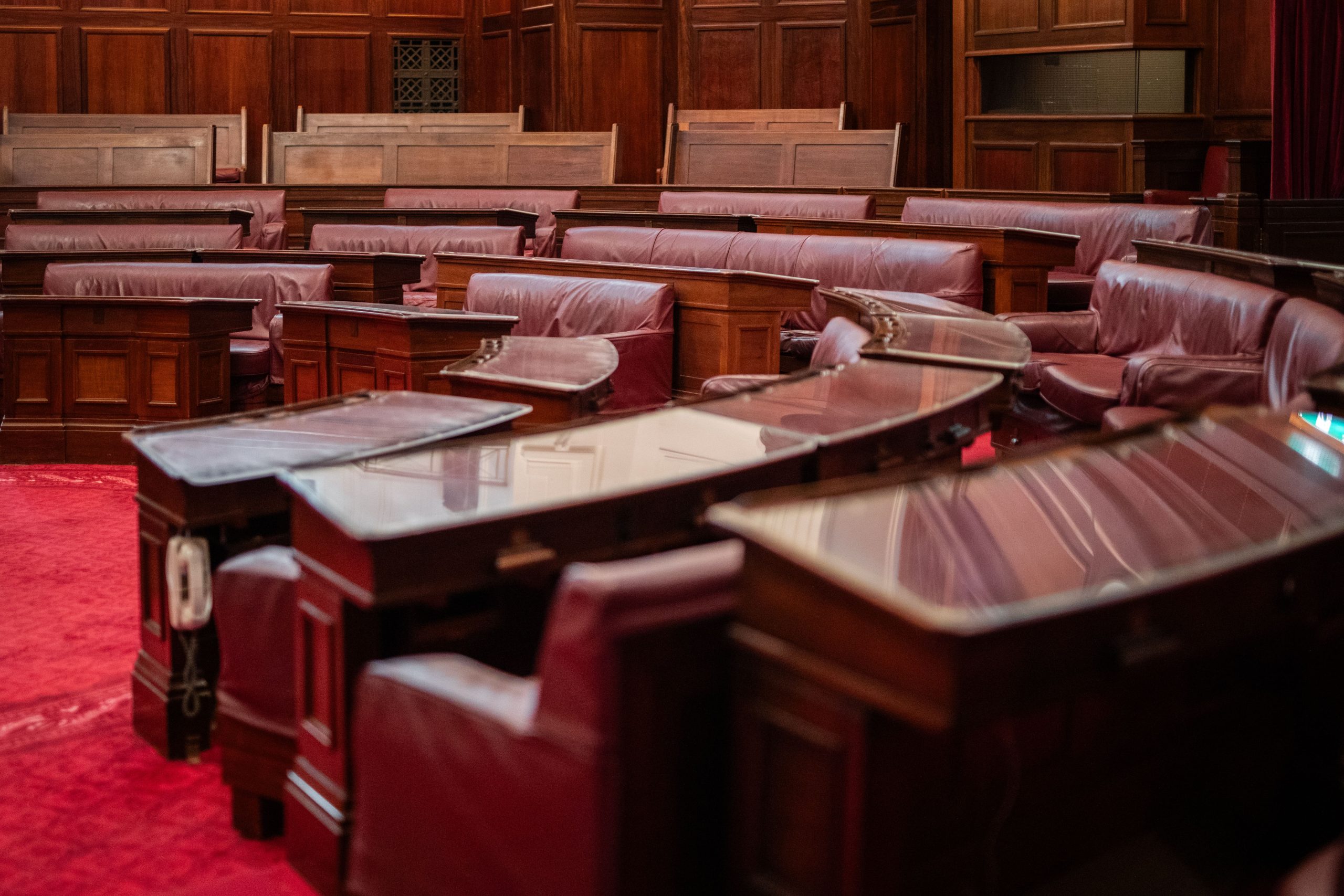The ongoing financial challenges in Romania are juxtaposed with the significant cultural investment represented by the €270 million cathedral in Bucharest. This contrast highlights a broader narrative about the balance between fiscal prudence and the pursuit of national identity through monumental projects.
Current Economic Landscape in Romania
Romania has been facing tight financial conditions, with various sectors feeling the pressure. Inflation rates have fluctuated, affecting consumer spending and overall economic growth. In this context, the government and local authorities are navigating the complexities of maintaining public services while also investing in ambitious cultural projects.
The Cathedral Project: A Symbol Beyond Economics
The €270 million cathedral in Bucharest serves as a striking example of how cultural investments can transcend immediate financial constraints. While critics may argue about the opportunity cost of such a substantial expenditure during a time of economic difficulty, proponents see it as a vital investment in national identity and heritage.
- Financial Constraints: Romania is grappling with budgetary limitations, impacting various sectors from healthcare to education.
- Cultural Significance: The cathedral is viewed as a symbol of resilience and national pride, potentially boosting tourism and local economies in the long run.
- Public Sentiment: The project has sparked debate among citizens regarding priorities and resource allocation amidst financial struggles.
Implications for Investors and Traders
For traders and investors, understanding the interplay between economic conditions and cultural investments is crucial. While immediate financial metrics may paint a challenging picture, long-term investments in cultural infrastructure can yield dividends in terms of tourism and national branding.
As Romania continues to navigate its economic landscape, the cathedral project will be closely watched. It serves as a case study in the potential for cultural investments to influence economic perceptions and attract foreign interest.
In conclusion, the juxtaposition of Romania’s financial challenges with its commitment to monumental cultural projects reflects a complex dynamic. Investors should consider both the risks and opportunities presented by such initiatives, recognizing that cultural assets can play a significant role in shaping a country’s economic future.



